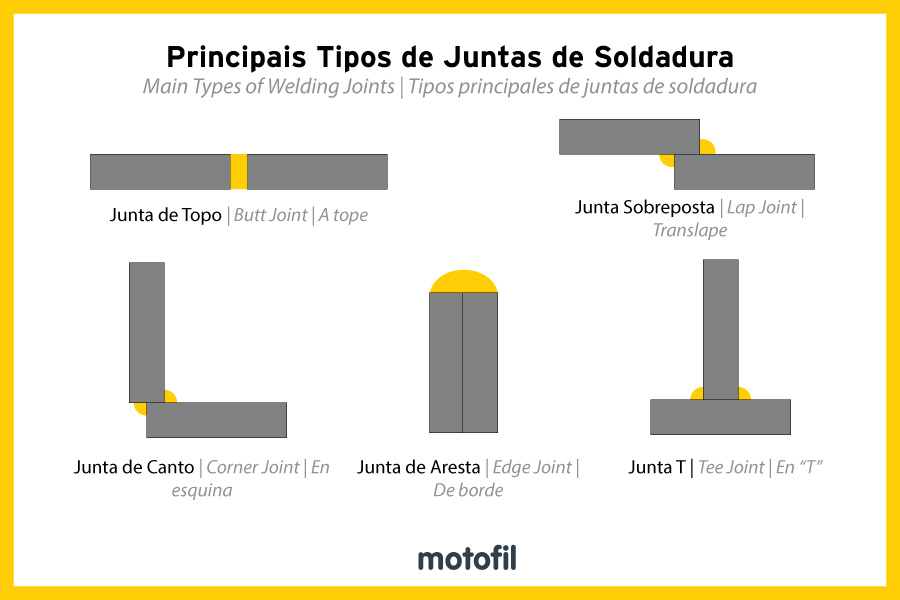06-august-2020
4 technologies to increase the productivity of your welding robot
The productivity of a welding robot can be 3 to 5 times greater than a normal welder, maintaining consistent quality. However, there are factors to take into account when using robotic solutions, because if these are not used correctly, that productivity can drop dramatically.
A welding robot is a very precise machine, but the parts to be welded can have greater tolerances than those required to weld properly.
Quality on welding robots is possible when the part’s tolerances are within half of the diameter of the welding wire. This means that the components to be welded must be repetitive and with tolerances below 0.5 mm to 0.6 mm.
These facts often raise many questions in the industrial world:
- We have small series or even unitary production with large tolerances, how to deal with it in robotics? How can I simplify the programming and set-ups?
- Our products have higher production tolerances. What is the best solution to increase productivity?
- We tack weld our parts in manual jigs and, after that, we want to use the robot to weld them in simpler jigs. How to avoid programming changes and constant corrections?
- How to deal with the thermal distortion of our parts caused by thermal delivery of the welding?
There are several technologies developed to optimize the welding process, reducing cycle times and always guaranteeing the welding quality. In this article, we'll talk about four of these technologies:
- Wire Sensing (Location and Corrections sensors)
- Laser Sensing (Location and Corrections sensors)
- TAST solution (Seam tracking and correction)
- 3D Laser Sensor (Seam tracking and correction)
- Wire Sensing (Location and Corrections sensors)
This technology, by electrical contact with metal parts, checks the position automatically correcting any positioning errors. This way, the robot is completely aligned with the part or component to be welded, ensuring the quality of the welding.
Wire Sensing technology checks position errors in 3 axes (X, Y, Z) and even if part is rotated. After detection, the program adapts to the position of the part and there’s no need for a new configuration of the welding program.
- Material: Mild Steel, Stainless, among others (Not recommended for aluminium or very rusty parts).
- Applicable Range: Lap Joints (for thickness 3mm or more). Other joints are ok.
- Accuracy: ± 1 mm;
- Welding Machine: Kemppi, Fronius, etc
- Welding Torch: Binzel, Fronius, etc.
- Advantages:
- Simple, versatile, and very effective function;
- Integrated directly in the programming instructions and sensing hardware embedded in the welding machine;
- Do not affect part’s accessibility. - Desadvantages: The cycle time required for these searches, up to 5 sec per search.
- Laser Sensing (Location and Corrections sensors)
For large parts or with many joint demands, Wire Sensing technology (1.) may not be the ideal option, as it can significantly increase the cycle time. With the use of Laser Sensing, the detection of the part is made using a laser pointer, which considerably reduces the time to search for the part and improves search accuracy.
- Material: Mild Steel, Stainless, Aluminium (Other materials available)
- Applicable Range: Lap Joints, (1mm or more), Corner Joints and others. Not recommended for mirrored surfaces.
- Accuracy: ± 0.5 mm;
- Welding Machine: Kemppi, Fronius, etc
- Welding Torch: Binzel, Fronius, etc.
- Advantages: Fast and reliable Joint detection, reduces cycle time compared to wire sensing.
- Desadvantages: Due to the external sensor mount, near the torch, can affect accessibility to some parts.
- TAST solution (Seam tracking and correction)
In thicker parts it is possible to find irregular welding joints due to heat distortion or inaccurate fixings. In order to maintain the welding quality in this type of parts, TAST (Through Arc Seam Tracking) technology can be integrated into the solution. This technology, through a Weaving motion, detects inaccuracies in the welding path, sends the information to the robot and it corrects its parameters in real time.
- Material: Mild Steel, Stainless, among others (Solid or Cored Wire);
- Applicable Range: Corner Joints, Lap Joints (3mm or more), V-groove (root);
- Accuracy: ± 1 mm;
- Welding Machine: Kemppi, Fronius, etc (welding parameters feedback required);
- Welding Torch: Binzel, Fronius, etc.
- Advantages:
- Ideal for mid to thick plate Mild Steel and Stainless applications;
- No extra hardware required;
- Settings and controls in the teaching pendant are in a specific, user-friendly menu;
- User friendly function;
- Automatic use with Off Line programming. - Desadvantages: Weaving motion is required for welding.
- 3D Laser Sensor (Seam tracking and correction)
Like the previous option, 3D Laser Sensors detect anomalies in the welding path and correct it in real time. This technology does not require an weaving motion to detect impressions, thereby achieving a reduction in cycle time.
- Material: Mild Steel, Stainless, Aluminium (Other materials available);
- Applicable Range: Lap Joints, (1mm or more), Corner Joint and others. Not recommended for mirrored surfaces. Gap required for tracking +/- 0,3mm;
- Accuracy: ± 0.5 mm;
- Welding Machine: Kemppi, Fronius, etc
- Welding Torch: Binzel, Fronius, etc.
- Advantages:
- Can work as locator and tracking device;
- Fully integrated in the programming functions;
- Fast and reliable Joint detection;
- Can be used with a tool changer to work without sensor, ex. in narrow places. - Desadvantages: High price.
To get the best possible results, it is necessary to look not only at the advantages of these technologies, but also at the specific details of each solution. Therefore, Motofil has a team of specialist technicians available to advise and present the best solution to increase your productivity.

/ N/D